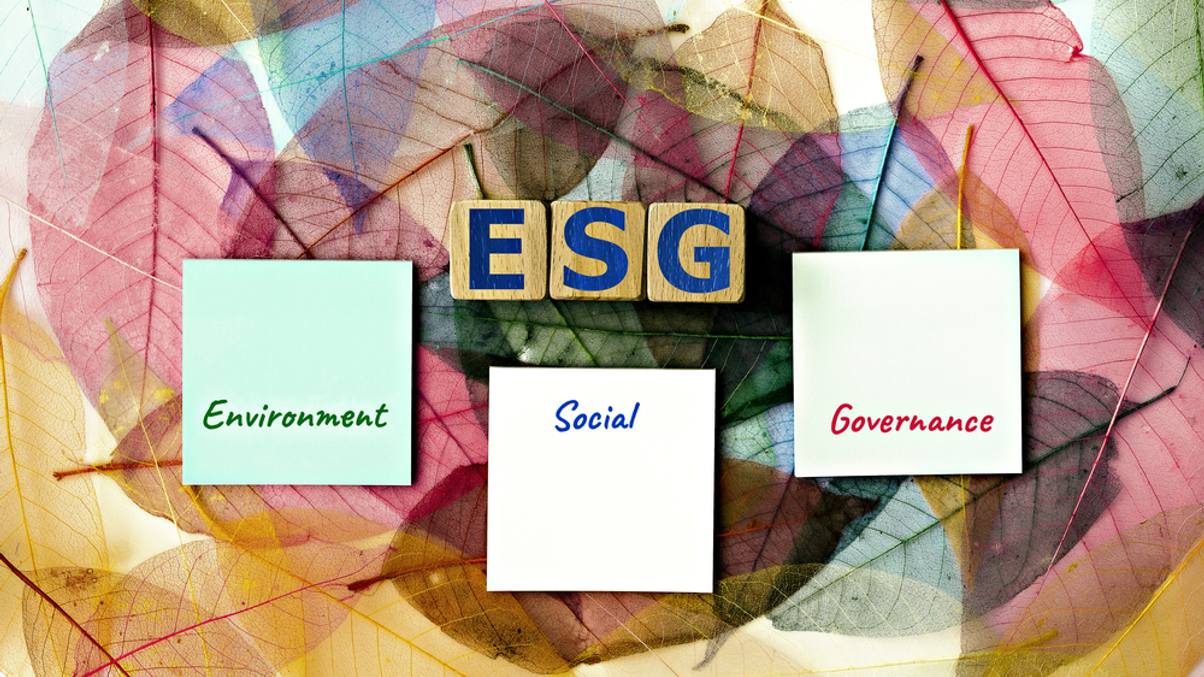Sun Life regional CIO spells out challenges in ESG measurement
In an interview with AsianInvestor, Sun Life International HuBS’s CIO said the life insurer is striving to add some Asian elements to its proprietary ESG+ framework.

It is already quite a challenge for an asset owner to quantify ESG factors, and to make judgement calls based on the ESG scores of its portfolio companies.
Sign in to read on!
Registered users get 2 free articles in 30 days.
Subscribers have full unlimited access to AsianInvestor
Not signed up? New users get 2 free articles per month, plus a 7-day unlimited free trial.
¬ Haymarket Media Limited. All rights reserved.


